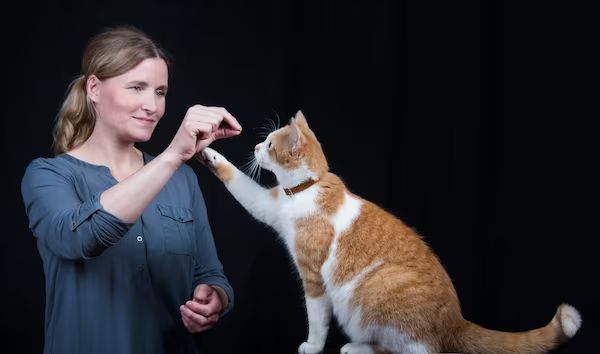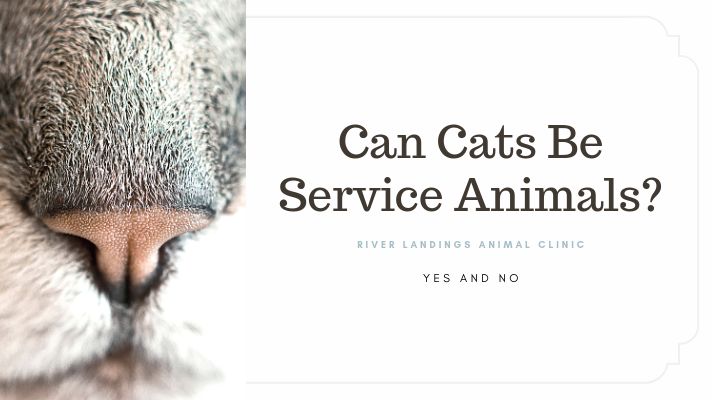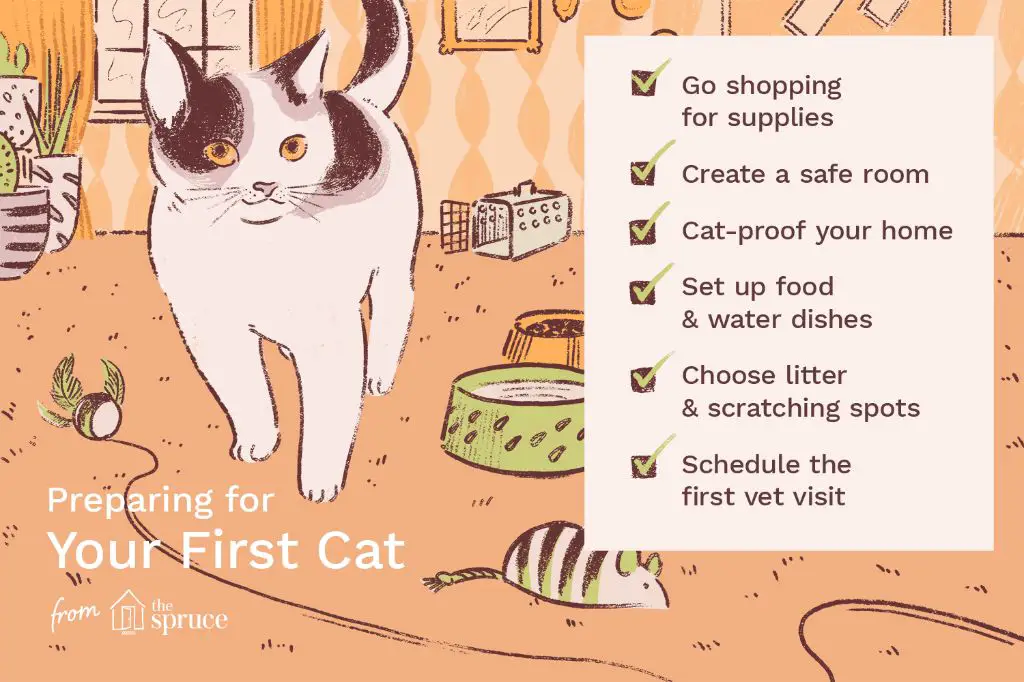What are Service Animals?
According to the Americans with Disabilities Act (ADA), a service animal is defined as “any dog that is individually trained to do work or perform tasks for the benefit of an individual with a disability, including a physical, sensory, psychiatric, intellectual, or other mental disability.” The work or tasks performed by the service animal must be directly related to the individual’s disability (https://www.ada.gov/service_animals_2010.htm).
Some examples of tasks that service animals can perform include:
– Guiding people who are blind or have low vision
– Alerting people who are deaf or hard of hearing
– Pulling wheelchairs or providing balance and support
– Alerting an individual to an impending seizure or panic attack
– Retrieving items or pressing buttons for people with mobility issues
– Providing tactile stimulation therapy for individuals with psychiatric disabilities
Under the ADA, service animals must be allowed access to all public places and common areas where the handler goes. This includes restaurants, hotels, taxis, theaters, shops, airplanes, etc. The service animal does not need to wear a vest or have any identification, only be under the handler’s control (https://adata.org/factsheet/service-animals).
Difference Between Service Animals and Emotional Support Animals
Service animals and emotional support animals are distinctly different in terms of their legal status and public access rights.
Service animals, as defined by the ADA, are “dogs that are individually trained to do work or perform tasks for people with disabilities.” The tasks performed by the dog must relate directly to their partner’s disability (adata.org/service-animal-resource-hub/differences). Service dogs are permitted in all public places their owner goes. Under the Americans with Disabilities Act, state and local governments, businesses, and nonprofit organizations that serve the public must allow service animals to accompany people with disabilities in all areas where the public is normally allowed to go.

Emotional support animals (ESAs) provide comfort to support their partner’s emotional or mental health condition, but are not legally defined as service animals and not given the same level of public access rights. They do not have special training for specific tasks and are not required to be trained in any specific way (adata.org/guide/service-animals-and-emotional-support-animals). ESAs are allowed only in certain housing situations and on airplanes under current laws.
Documentation requirements also differ. Service animals do not legally require any special ID cards or documentation, though some may choose to use a vest or other gear to identify the dog. Emotional support animals may require a letter from a licensed mental health professional stating the animal provides support that alleviates at least one symptom of the owner’s disability.
Requirements for an Animal to be a Service Animal
According to the Americans with Disabilities Act (ADA), the only animals that can be considered service animals are dogs and miniature horses. There are no breed or size restrictions for dogs.
For an animal to legally qualify as a service animal, it must be individually trained to perform tasks that help a person with a disability. Service animals differ from emotional support animals, which provide comfort but are not required to have specialized training [1].
Some examples of tasks service animals may perform include guiding people who are blind, alerting people who are deaf, alerting and protecting individuals who are having a seizure, calming a person with PTSD during an anxiety attack, or performing other duties directly related to a person’s disability. The work or task the animal does must be directly related to the individual’s disability.
Service animals must be housebroken and under the control of their handler at all times. The ADA does not require service animals to wear vests or have identification. Businesses generally may not deny access to service animals except in limited cases where the animal is out of control or would pose a health/safety risk [1].
Service animal handlers cannot be charged extra fees or deposits by businesses. Public entities and businesses must modify their policies to permit service animals. Failure to allow access to service dogs is a violation of the ADA.
Can Cats be Service Animals?
While dogs are the most common type of service animal, some wonder if cats can also serve this role. According to the Americans with Disabilities Act (ADA), the legal definition of a service animal is limited to specially trained dogs and miniature horses. Therefore, under the ADA, cats are technically not recognized as service animals.
However, some organizations and individuals do train cats to perform tasks that assist people with disabilities. For example, cats can be trained to alert someone with anxiety or PTSD of an oncoming panic attack by nudging or pawing at them. Cats can also assist individuals with limited mobility by fetching items or activating buttons and switches. Seizure alert cats can notify their owner of an impending seizure by pacing, vocalizing, or staring intently. Diabetic alert cats recognize chemical changes that occur prior to low or high blood sugar. Support cats provide comfort and emotional support for conditions like depression, anxiety, and autism spectrum disorder.
While cats may be intelligent and capable of performing these types of duties, training cats can be more challenging than training dogs. Cats tend to be more independent in nature and less eager to please or obey commands. However, with consistency and positive reinforcement, cats can learn important skills to assist and support their owners. Overall, whether trained as service animals or simply as pets, cats can provide valuable companionship, affection, and emotional support to those with disabilities or chronic illnesses.
Sources: https://www.akcreunite.org/animal-companions/, https://usserviceanimals.org/blog/service-cat/
Training a Cat to be a Service Animal
Cats can be trained to perform a variety of tasks to assist people with disabilities. Some important training methods and commands for cat service animals include:
Overview of training methods:
- Positive reinforcement – Using rewards like treats, praise, petting to reinforce desired behaviors
- Clicker training – Using a clicker to mark correct behaviors then rewarding
- Target training – Teaching the cat to touch targets like hands or objects
- Shaping – Breaking down tasks into small steps and rewarding each step
- Socialization – Exposing cat to various environments and people

Important commands to teach:
- Retrieve – Bringing objects to handler
- Push – Pushing buttons like light switches or automatic doors
- Brace – Providing support for balance
- Lead – Walking on leash without pulling
- Focus – Maintaining attention on handler
Certification options:
There is no legal certification required for cat service animals. However, some organizations offer optional certification and ID cards, like the National Service Animal Registry.
Public Access Laws for Cat Service Animals
Under the Americans with Disabilities Act (ADA), service cats must be allowed access to all places open to the public just like service dogs.1 This federal law prohibits discrimination against individuals with disabilities who use service animals. According to the ADA, businesses and organizations that serve the public cannot deny admission to a person with a disability and their service cat.

However, some states have additional laws regarding service animal access that may present challenges for cat owners.2 For example, some states limit public access rights to only dogs and miniature horses. Cat owners in these states may face more hurdles bringing their feline service animals to public places. It’s important they understand their rights under federal versus state law.
The best practice for accessing public places with a service cat is to follow ADA guidelines – the cat should be leashed and under control. Owners should work on obedience training so the cat remains calm in public settings. Carrying proof of the animal’s training can also help if questions arise about public access.
Air Travel with a Cat Service Animal
Airlines have specific policies regarding service cats. In general, service cats are permitted to fly in the cabin with their owner according to the Air Carrier Access Act. However, airlines may require documentation for the cat such as identification cards, harness/leash, and a doctor’s letter.
When booking a flight, notify the airline that you will be traveling with a service cat. Policies vary by airline but most require forms to be submitted in advance such as the United Airlines Service Animal Request Form. The cat must fit within your foot space without obstructing the aisle. You may need to purchase an additional seat if the cat does not fit.
Tips for smooth travel with a service cat:
- Make sure the cat is properly identified with tags, collar, leash, and harness.
- Bring proof of training and certification.
- Feed the cat lightly before travel to avoid motion sickness.
- Consider a calming aid recommended by your vet.
- Request a bulkhead seat with extra floor space.
- Prepare essentials like food, water, litter pan, and cleaning supplies.
- Let the cat get comfortable with the carrier before the flight.
With the proper preparations, documentation, and training, air travel with a service cat can be smooth and accommodated by airlines.
Housing Laws for Cat Service Animals
The Fair Housing Act is a federal law that protects people with disabilities from discrimination when renting or buying housing. Under the FHA, housing providers must provide reasonable accommodations to residents with disabilities, including allowing service animals. This law applies to most housing, including apartments, condos, cooperatives, nursing homes, assisted living facilities, and other types of housing.
For a cat to qualify as a service animal under the FHA, the animal must provide assistance or perform tasks that help mitigate the resident’s disability. Emotional support without trained tasks is not sufficient. Residents must submit reasonable accommodation requests to keep service cats in housing with “no pets” policies. The request should explain how the cat is needed to alleviate symptoms of the disability.
Housing providers can request verification from a doctor or licensed professional confirming the resident’s disability and need for the service animal. They cannot, however, ask for details about the person’s disability or medical records. Under the FHA, residents with disabilities are entitled to equal access and use of housing facilities when accompanied by their service cat.
Service Cat Etiquette and Safety
Proper etiquette and responsible ownership are important when bringing your service cat into public settings. Here are some key things to keep in mind:

In public, service cats should behave appropriately and not be disruptive. They should remain calm, quiet, and under control. Barking, jumping, or destructive behaviors are unacceptable (source).
Service cats are not required to wear special identification or vests stating they are service animals, according to the ADA (source). However, some owners choose to use vests or tags to make the animal’s status clear.
As the owner, you are responsible for your service cat’s behavior and any damage they may cause. Be respectful of businesses and public spaces by cleaning up after your animal.
Remember that your service cat is working, not socializing. Do not allow strangers to pet, feed, or disrupt your cat while their vest is on (source).
Be patient and understanding if asked about your service cat. Politely educate others that it is a working animal, not a pet.
Other Considerations for Cat Service Animals
Owning a service cat can be very rewarding, but it’s important to consider the responsibilities and costs involved. Here are some key things to think about:
Costs of Care
Caring for a cat service animal will have ongoing costs. Food, litter, veterinary care, grooming and other supplies can range from $500 – $1000 annually according to the ASPCA1. Training and certification can be an additional expense. Make sure you budget appropriately.
Retirement Plan
Service cats typically work until age 8-102, then retire. Have a plan for continuing to care for your cat in retirement. This may involve transitioning them to be a personal pet, or rehoming them if that’s not possible.
Alternatives to Explore
While cats can make excellent service animals, they aren’t right for everyone. Dogs tend to be easier to train for tasks like guiding. Explore all options, like emotional support animals, to determine what will best meet your needs.

